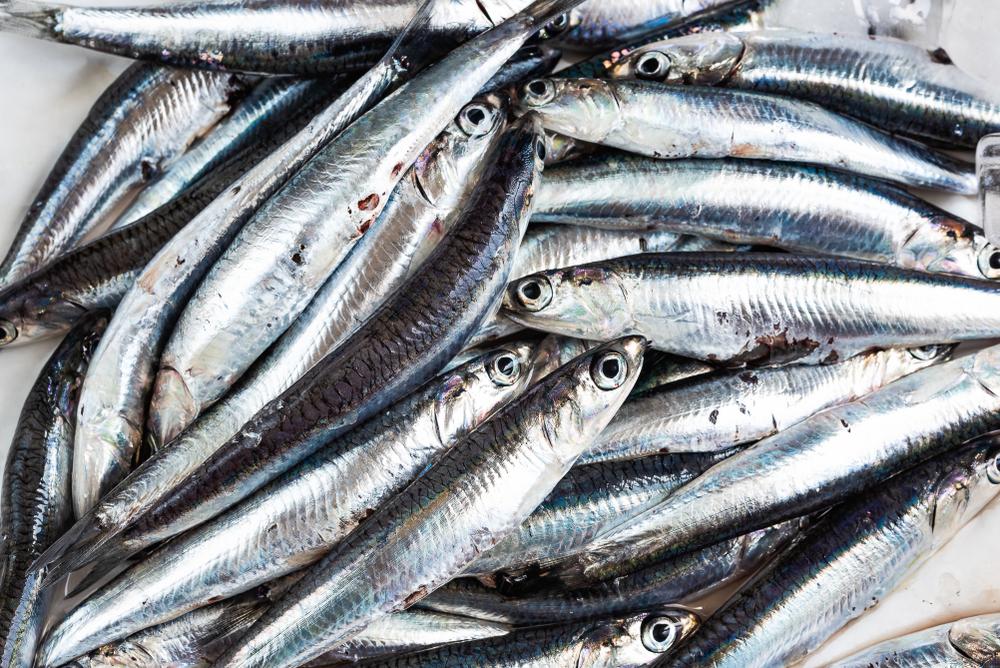Commentary
In elite culture, anchovies are suddenly having their moment. There is a new book on the way by a first-class anthropologist who seems to know everything there is to know about the anchovy and its long history as flavoring, including its remarkable nutritional properties.





